
Cruelty-free beauty is shaking up the world of personal care. Nearly every major brand is now talking about animal-friendly testing, yet over 500,000 animals worldwide are still used in cosmetic testing every year. Most people assume cruelty-free simply means no animals were harmed but the truth runs much deeper and includes advanced scientific breakthroughs that are changing the entire industry.
Table of Contents
- Defining Cruelty-Free Beauty: What It Means
- The Importance Of Cruelty-Free Standards In The Beauty Industry
- How Cruelty-Free Products Are Tested And Regulated
- Key Concepts And Labels In Cruelty-Free Beauty
- The Impact Of Cruelty-Free Choices On Animal Welfare And Consumer Choices
Quick Summary
| Takeaway | Explanation |
|---|---|
| Cruelty-free means no animal testing | Products must not involve any animal testing during any development stage. |
| Look for recognized certifications | Certifications like PETA and Leaping Bunny verify cruelty-free claims effectively. |
| Consumers drive ethical standards | Increased demand for cruelty-free products influences brands to adopt humane practices. |
| Modern testing methods replace animals | Innovative techniques such as computer modeling provide alternative safety assessments. |
| Transparency is crucial in product labels | Understand label claims and check full supply chain practices to ensure ethical sourcing. |
Defining Cruelty-Free Beauty: What It Means
Cruelty-free beauty represents a transformative approach to personal care that prioritizes ethical treatment of animals throughout product development. When discussing what is cruelty-free beauty, we explore a commitment to creating cosmetic and personal care products without subjecting animals to harmful testing procedures.
The Core Definition
At its foundation, cruelty-free beauty means products developed without conducting any animal testing during their research, formulation, or production stages. Research from the National Center for Biotechnology Information confirms this approach involves comprehensive ethical standards that extend beyond simple marketing claims.
The key characteristics of cruelty-free beauty include:
- No animal testing at any stage of product development
- Rejection of animal-based experiments for safety or efficacy testing
- Commitment to alternative research methodologies
- Transparent documentation of testing practices
Understanding the Ethical Framework
Cruelty-free beauty is not just a trend but a profound ethical stance. Brands embracing this philosophy reject traditional testing methods that involve subjecting animals like rabbits, mice, and guinea pigs to potentially painful and invasive experiments. These tests historically assessed product safety by observing reactions on animal skin, eyes, and through ingestion.
Modern alternatives include advanced technologies like in vitro testing, computer modeling, and human cell cultures that provide more accurate and humane research methods. These techniques not only protect animals but often deliver more precise scientific insights into product performance and safety.
Consumers increasingly demand transparency, driving beauty brands to explore ethical product development strategies. This shift represents a broader movement toward responsible consumption that considers animal welfare alongside product quality and effectiveness.
The Importance of Cruelty-Free Standards in the Beauty Industry
The beauty industry stands at a critical intersection of consumer ethics, scientific innovation, and animal welfare. Cruelty-free standards have emerged as a powerful mechanism to transform product development practices, ensuring both consumer safety and compassionate research methodologies.
Ethical Consumer Demand and Market Transformation
Consumer consciousness has dramatically shifted the beauty landscape. Modern consumers increasingly prioritize ethical considerations when selecting personal care products. According to research from the FDA, while animal testing is not legally mandated for cosmetics, brands are recognizing the substantial market pressure to adopt more humane practices.
Key drivers of this transformation include:
- Increased awareness about animal welfare
- Growing ethical consumer segments
- Technological advancements in alternative testing methods
- Younger generations demanding transparent production practices
Scientific and Regulatory Implications
Cruelty-free standards represent more than an ethical stance they signify a sophisticated approach to product safety and research.
Advanced scientific techniques like computer modeling, human cell cultures, and sophisticated in vitro testing provide more precise and reliable safety assessments compared to traditional animal experiments.
Regulatory bodies and industry organizations are progressively acknowledging these alternative methodologies. Learn more about selecting ethical beauty products that align with these emerging scientific standards.
By embracing cruelty-free protocols, the beauty industry demonstrates its commitment to innovation, ethical responsibility, and progressive scientific practices. This approach not only protects animal welfare but also encourages the development of more sophisticated, precise research techniques that ultimately benefit consumers worldwide.
How Cruelty-Free Products are Tested and Regulated
The landscape of product testing in the beauty industry has undergone a significant transformation, with cruelty-free methodologies replacing traditional animal testing protocols. Understanding the complex mechanisms behind modern product safety assessment reveals a sophisticated approach to ethical research and consumer protection.
Advanced Testing Methodologies
Research from the National Institutes of Health highlights the emergence of innovative non-animal testing techniques that provide robust safety evaluations. Modern scientific approaches include cutting-edge methods that ensure product safety without compromising animal welfare.
Key alternative testing techniques encompass:

- Computer-based molecular modeling
- Human cell and tissue culture systems
- Advanced computational toxicology
- Microbial and biochemical screening methods
Regulatory Certification and Verification
Cruelty-free certification involves rigorous processes that extend beyond simple product testing. Organizations like PETA, Leaping Bunny, and Choose Cruelty-Free provide comprehensive verification frameworks that examine a brand’s entire supply chain and research practices.
Companies seeking cruelty-free certification must demonstrate:
- Zero animal testing at all production stages
- Verification of ingredient sourcing
- Comprehensive documentation of research methods
- Ongoing commitment to ethical practices
Explore our guide to selecting ethical beauty products to understand how brands implement these stringent standards. The future of beauty testing lies in technological innovation that prioritizes both consumer safety and ethical considerations, representing a profound shift in scientific research methodologies.
Key Concepts and Labels in Cruelty-Free Beauty
Navigating the world of cruelty-free beauty requires understanding complex labeling systems and certification standards. Consumers seeking ethical personal care products must learn to distinguish between genuine commitments to animal welfare and potentially misleading marketing claims.
To help you navigate certification claims, the table below compares major cruelty-free certification organizations and their core verification standards.
| Certification Organization | Core Verification Criteria | Notable Features |
|---|---|---|
| PETA’s Beauty Without Bunnies | Zero animal testing at all stages | Global recognition, relies on brand assurance |
| Leaping Bunny | Zero animal testing; supply chain verification | Requires adherence across supply chain, audits possible |
| Choose Cruelty-Free | Zero animal testing; ingredient sourcing | Focus on international standards, ingredient scrutiny |
| Vegan Society | No animal-derived ingredients; no animal testing | Focuses on vegan standards as well as cruelty-free |
Understanding Certification Standards
According to the FDA, cruelty-free claims lack standardized legal definitions, creating potential confusion for consumers. This regulatory ambiguity means brands can interpret and apply these terms with significant variation.
Key certification organizations include:
- PETA’s Beauty Without Bunnies Program
- Leaping Bunny Certification
- Choose Cruelty-Free international registry
- Vegan Society certification
Decoding Product Labels
Cruelty-free labels do not automatically guarantee a product is entirely free from animal involvement. Some certifications only address finished product testing, while others examine the entire supply chain. Ethical consumers must look beyond surface-level claims and investigate comprehensive brand practices.
Important label considerations include:
- Verification of ingredient sourcing
- Comprehensive supply chain transparency
- Ongoing commitment to ethical practices
- Independent third-party certification
Discover more about selecting conscientious beauty products to make informed purchasing decisions. Understanding these nuanced certification processes empowers consumers to support brands genuinely committed to ethical research and animal welfare.

The Impact of Cruelty-Free Choices on Animal Welfare and Consumer Choices
Consumer decisions extend far beyond personal preferences, representing powerful mechanisms for driving systemic change in industrial practices. Cruelty-free beauty choices symbolize a profound intersection between individual ethics, market dynamics, and animal welfare protection.
Ethical Consumer Influence
Research from the Emerging Science Journal reveals that consumer purchasing decisions are increasingly motivated by internal ethical factors. Altruism and environmental awareness significantly shape consumer intentions, transforming market dynamics through conscious product selection.
Key drivers of ethical consumer behavior include:
- Growing awareness about animal welfare issues
- Increased transparency in product development
- Desire to support compassionate business practices
- Personal commitment to reducing animal suffering
Market Transformation and Industry Response
The rising demand for cruelty-free products has compelled beauty brands to reassess their research and development strategies. Consumers are no longer passive recipients but active participants in promoting more humane industrial practices.
Significant industry shifts encompass:
- Investment in alternative testing methodologies
- Development of sophisticated non-animal research techniques
- Greater supply chain transparency
- Proactive ethical certification processes
Learn more about selecting compassionate beauty products that align with your ethical standards. Each purchasing decision represents a vote for a more compassionate future, demonstrating how individual choices can collectively drive meaningful systemic change in the beauty industry.
Transform Your Beauty Routine With Compassion and Confidence
As you have learned, choosing cruelty-free beauty is more than a personal statement—it is an active step toward protecting animal welfare, demanding transparency, and supporting ethical brands. If you have ever worried about hidden animal testing or struggled to find truly humane products, know you are not alone. The search for cruelty-free, clean, and effective beauty can feel overwhelming especially when industry terms and labels create confusion.

Discover a new standard in self-care at https://gnsbeauty.com. Here you will find a carefully selected range of skincare, haircare, and wellness products designed for people who value both quality and ethical responsibility. Every product is curated with transparency in mind so you can easily explore our diverse options and make choices you feel good about. Visit our homepage and explore our guide to selecting conscious beauty products for real guidance. Take the next step toward compassionate beauty today and experience the difference ethical choices can make.
Frequently Asked Questions
What does cruelty-free beauty mean?
Cruelty-free beauty refers to cosmetic and personal care products developed without any animal testing at any stage of product development. This includes rejecting harmful testing practices and embracing alternative research methodologies.
Why is cruelty-free beauty important for animal welfare?
Cruelty-free beauty practices prioritize the ethical treatment of animals by eliminating invasive testing methods and promoting humane alternatives. This approach not only protects animals from suffering but also reflects consumer demand for compassionate products.
How are cruelty-free products tested if they do not involve animals?
Cruelty-free products are tested using advanced methodologies like computer modeling, human cell cultures, and in vitro testing. These innovative techniques provide reliable safety evaluations while ensuring that animals are not harmed.
What should I look for on labels to ensure a product is cruelty-free?
When shopping for cruelty-free products, look for certification from recognized organizations like PETA, Leaping Bunny, or Choose Cruelty-Free. It’s also important to verify the entire supply chain and ingredient sourcing to ensure comprehensive ethical practices.
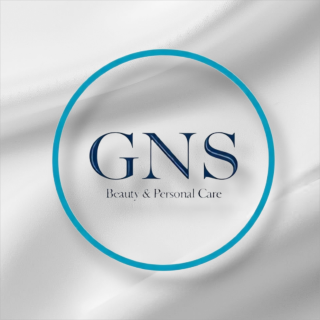
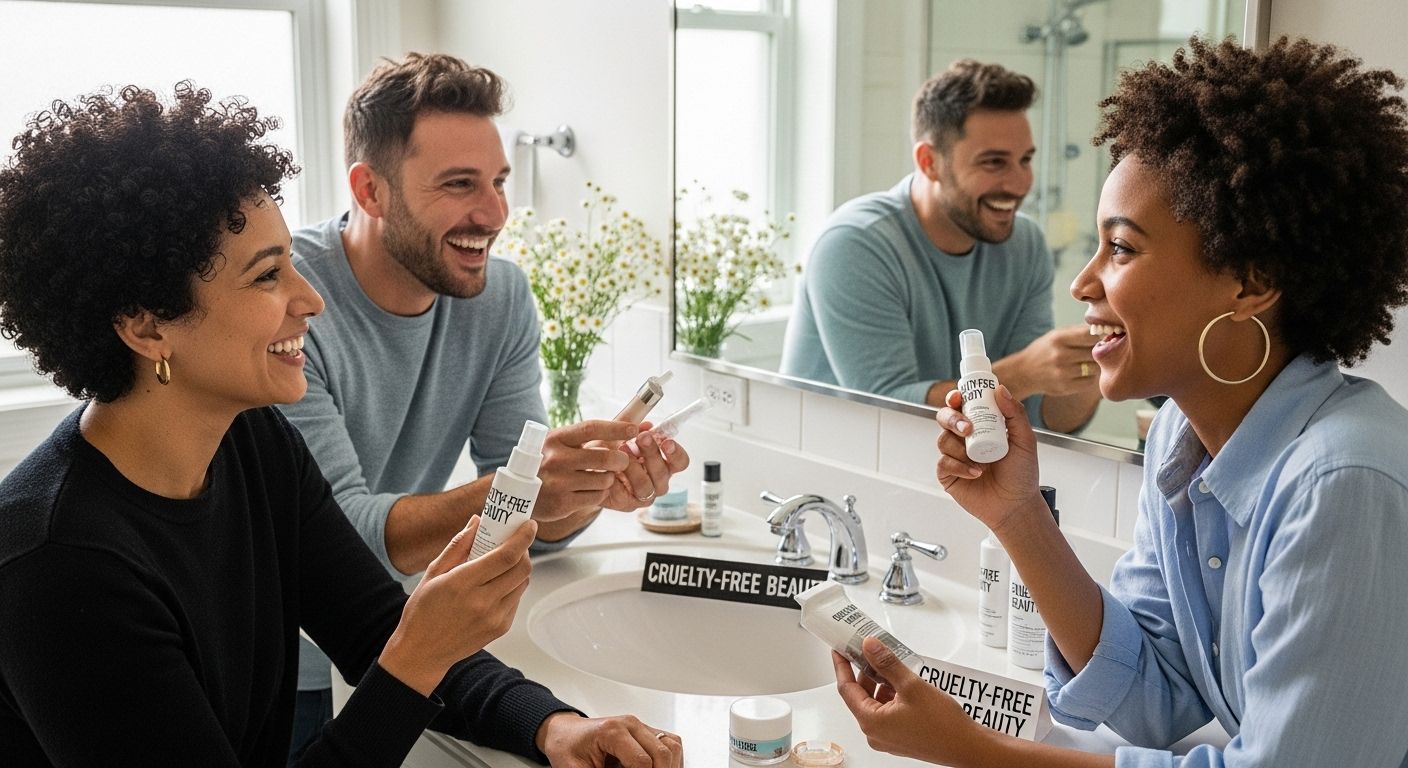
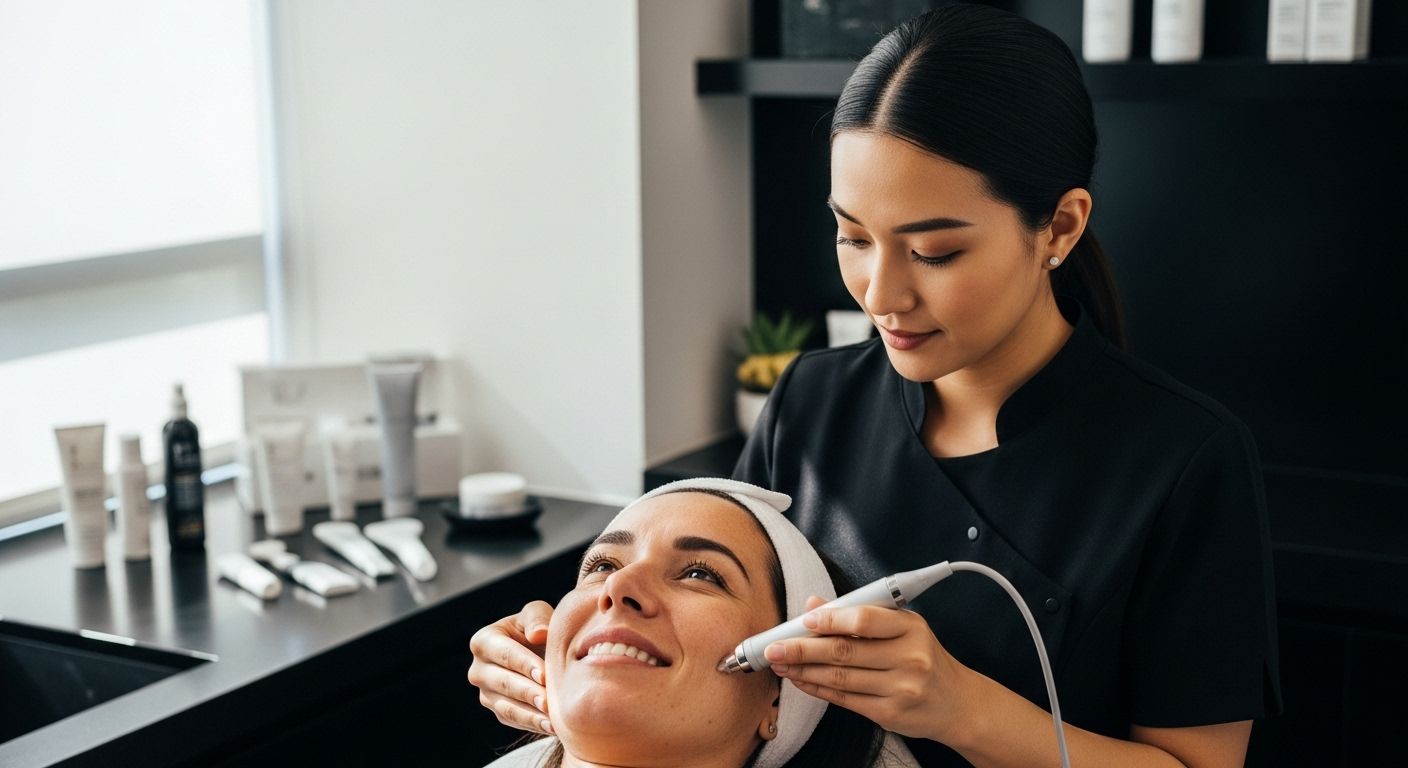


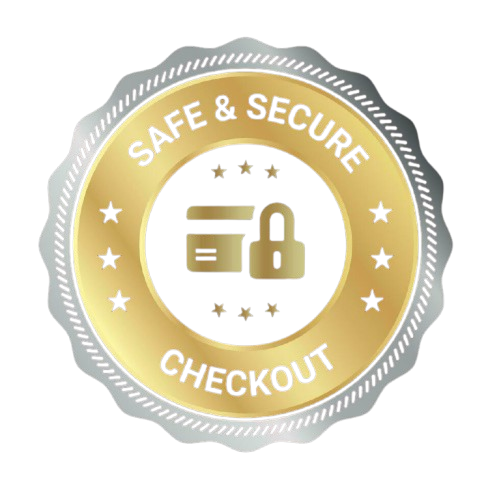
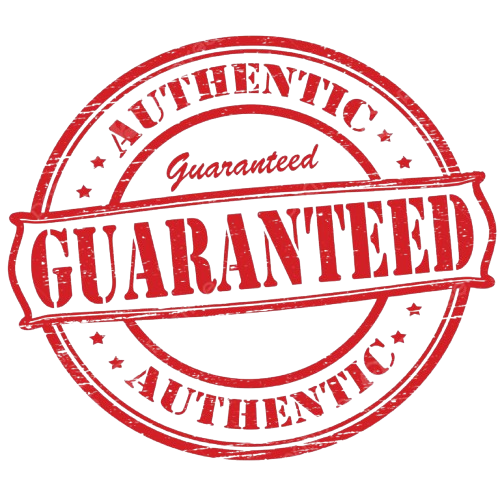

Hinterlasse einen Kommentar
Alle Kommentare werden vor der Veröffentlichung geprüft.
Diese Website ist durch hCaptcha geschützt und es gelten die allgemeinen Geschäftsbedingungen und Datenschutzbestimmungen von hCaptcha.